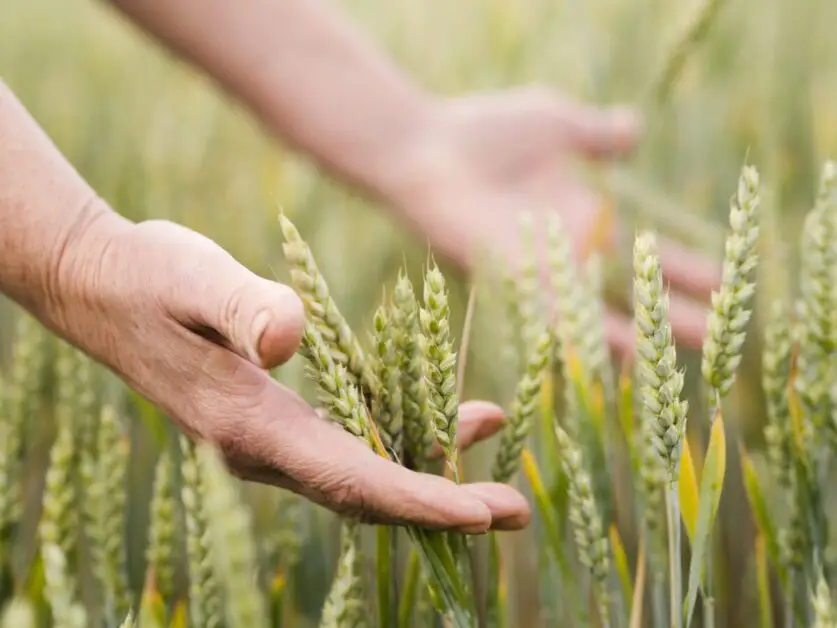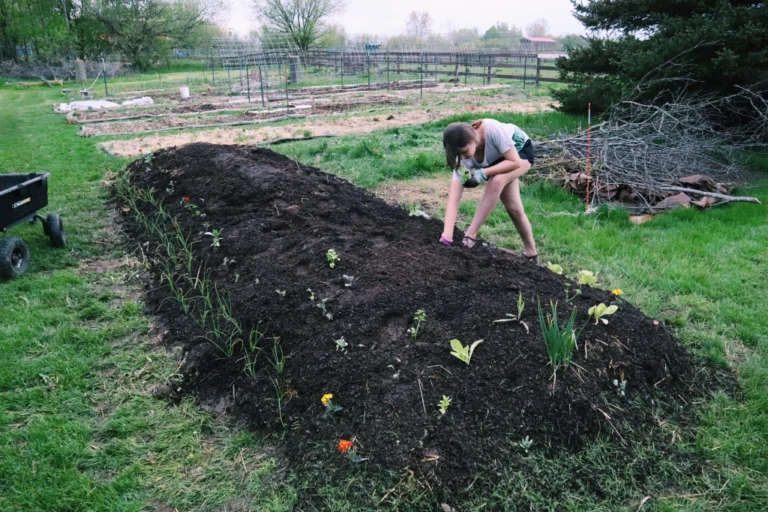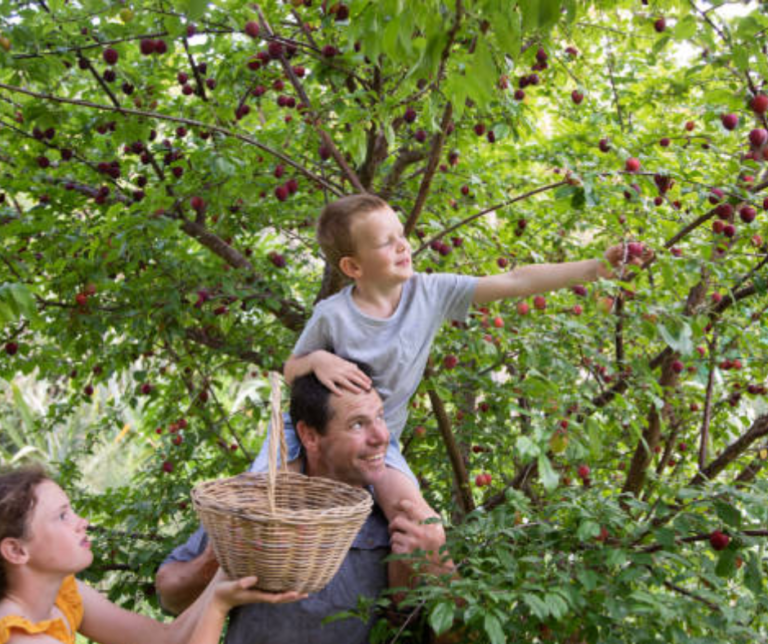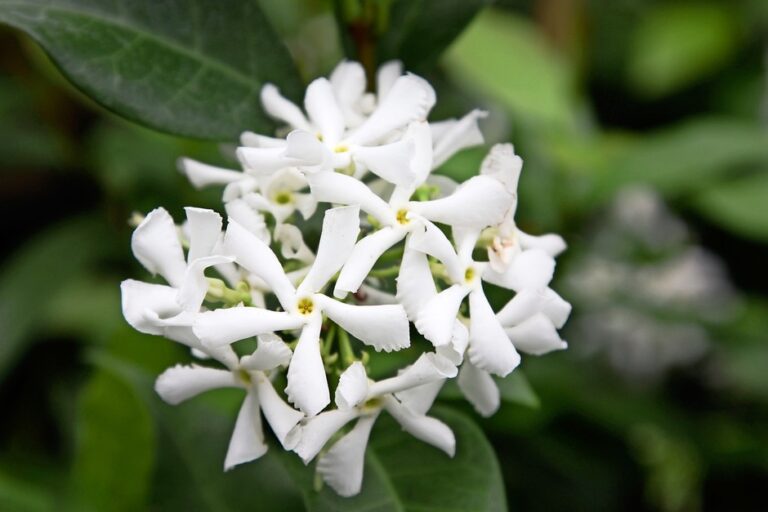The Ultimate Survival Garden: 20 Crops You Need to Grow
Table of Contents
Understanding the Importance of a Diverse Crop Selection
A diverse crop selection is essential for a successful and sustainable garden. By growing a variety of crops, you can ensure a more reliable source of food, as different plants have different growth rates, nutritional profiles, and resistance to pests and diseases. Additionally, a diverse crop selection can help mitigate risks associated with climate change and other environmental factors.
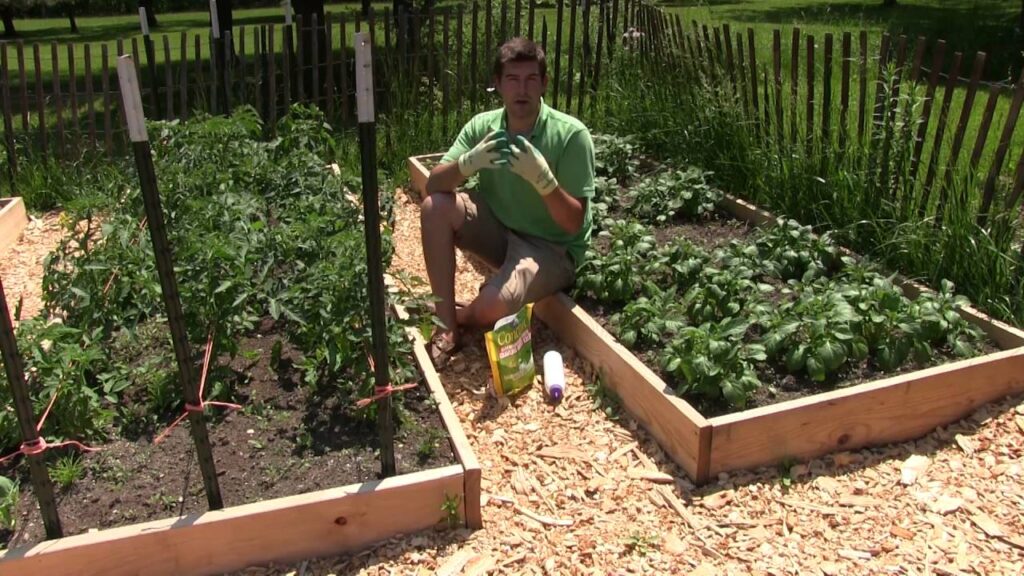
One of the key advantages of diversifying your crop selection is the ability to ensure food security in the long term. Planting a variety of crops with different maturation times and nutritional content can help prevent food shortages and provide a well-rounded diet. For example, while some crops may take months to reach maturity, others can be harvested within weeks, allowing for a continuous supply of fresh produce throughout the growing season.
Furthermore, a diverse crop selection can enhance the resilience of your garden. Different crops have varying levels of resistance to pests, diseases, and adverse weather conditions. By combining crops with different characteristics, you can create a more robust and balanced ecosystem that can better withstand challenges. For instance, planting certain crops that naturally repel pests can help reduce the need for chemical pesticides.
In conclusion, understanding the importance of a diverse crop selection is paramount for gardening enthusiasts. By incorporating a variety of crops in your garden, you can ensure long-term food security, enhance garden resilience, and enjoy a more varied and nutritious harvest throughout the year.
Essential Crops for Long-Term Food Security
When it comes to long-term food security, selecting the right crops is crucial. Essential crops are those that provide a reliable source of sustenance and nourishment, ensuring that you have access to nutritious food even in times of crisis or uncertainty. These crops are characterized by their ability to store well, adaptability to varying climatic conditions, and high nutritional value.
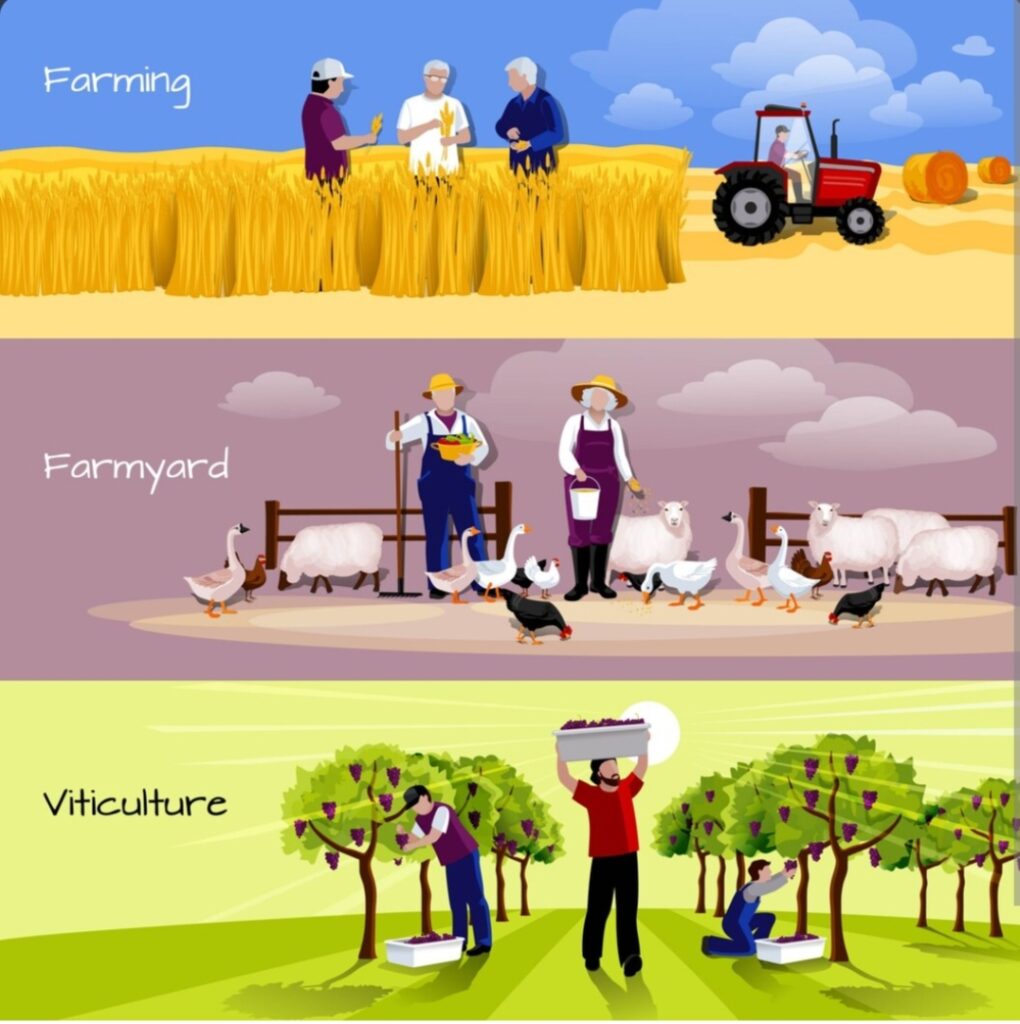
One such essential crop is potatoes. Potatoes are not only versatile but also highly nutritious. They are an excellent source of carbohydrates, vitamins, and minerals, making them a staple for many households. Additionally, potatoes can be stored for extended periods, ensuring a constant supply throughout the year. With their rich nutrient profile and long shelf life, potatoes are an invaluable addition to any long-term food security plan.
Another essential crop for long-term food security is beans. Beans are known for their high protein content and are a valuable source of essential amino acids. They are also rich in fiber, vitamins, and minerals, making them an excellent addition to a well-rounded diet. Furthermore, beans have the advantage of being drought-tolerant, making them suitable for a wide range of growing conditions. Whether you choose to grow kidney beans, black beans, or lentils, incorporating beans into your garden ensures a reliable source of protein and nutrition for the long term.
In conclusion, selecting essential crops for long-term food security involves careful consideration of factors such as storage capability, adaptability to climate, and nutritional value. Potatoes and beans are just two examples of such crops. By diversifying your crop selection and focusing on these vital crops, you can lay the foundation for a sustainable and reliable food source that will sustain you in times of crisis.
Selecting the Right Crops for Your Climate and Growing Conditions
Selecting the right crops for your climate and growing conditions is crucial to the success of your survival garden. By understanding the specific requirements of different crops, you can ensure optimal growth and maximize your yields. The first step is to determine your climate zone, as this will help you identify the crops that are best suited for your region.
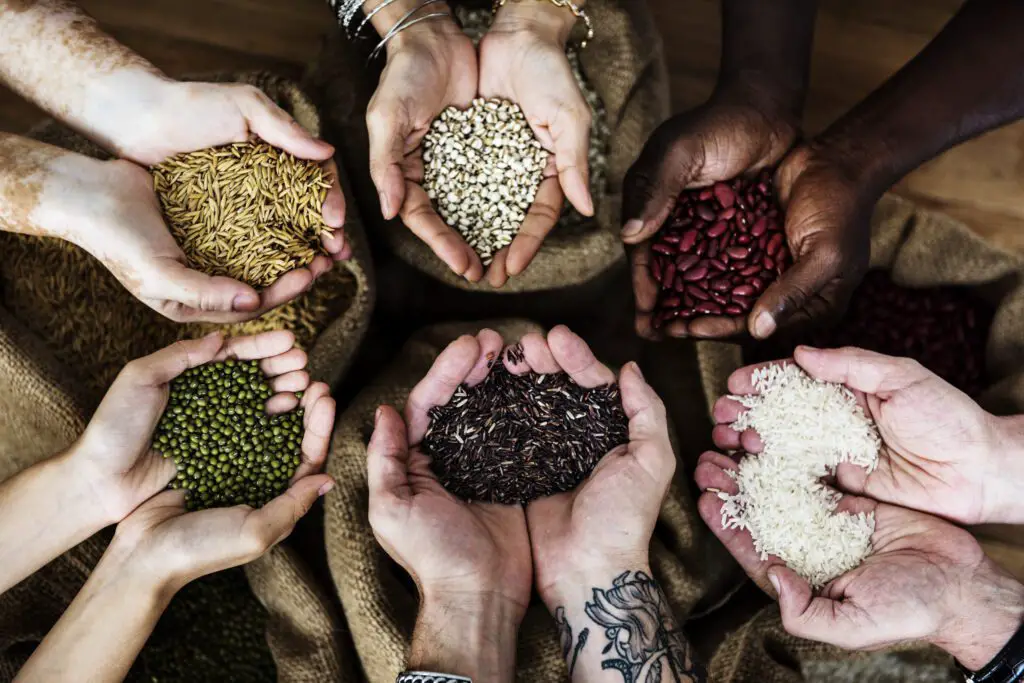
When selecting crops, it’s essential to consider factors such as temperature, rainfall, and sunlight. Some plants thrive in cooler temperatures, while others require warmer conditions. If you live in a region with limited rainfall, drought-tolerant crops or those that can be irrigated efficiently may be your best bet. Similarly, the amount of sunlight your garden receives will influence your crop selection, as some plants require full sun, while others can tolerate partial shade.
It’s also important to evaluate the quality of your soil and make necessary amendments. Different crops have varying soil pH and nutrient requirements, so knowing your soil’s composition will help you choose crops that will thrive in it. Conducting a soil test can provide valuable insights and allow you to adjust the pH and nutrient levels accordingly.
Furthermore, consider the space available in your garden and the growth habits of the crops you choose. Some plants, like sprawling vine varieties, may require ample space, while others can be grown in containers or smaller garden beds. It’s vital to match your chosen crops with your available space to prevent overcrowding and competition for resources.
Overall, selecting the right crops for your climate and growing conditions involves careful planning and consideration. By understanding your climate zone, evaluating your soil, and considering factors like temperature, rainfall, sunlight, and space, you can choose crops that are well-suited to thrive in your garden. With proper attention to these details, your survival garden will have a higher chance of success, providing you with a bountiful harvest and enhanced food security.
Maximizing Your Garden’s Productivity with High-Yield Crops
Maximizing Your Garden’s Productivity with High-Yield Crops
| Crop | Nutrients | Storage | Remarks |
|---|---|---|---|
| Spinach | Iron, Vitamin K, Vitamin A, Folate | Refrigeration | Fast-growing, rich in essential nutrients |
| Kale | Vitamin K, Vitamin A, Vitamin C, Calcium | Refrigeration | High in antioxidants and minerals |
When it comes to gardening, one of the main goals is to get the most out of your efforts. That’s why high-yield crops play a crucial role in the productivity of your garden. These crops are specifically bred and selected to produce abundant harvests, ensuring that you have plenty of fresh produce to enjoy.
One example of a high-yield crop is the cherry tomato. These small, delicious fruits are known for their prolific production and are perfect for gardeners looking to make the most of their space. In fact, a single cherry tomato plant can yield up to 100 or more fruits throughout the growing season. This means that even if you have limited space, you can still enjoy a bountiful harvest of these sweet and tangy treats.
Another high-yield crop worth considering is the zucchini. This versatile vegetable not only produces an abundance of fruit but also has a relatively short growing cycle. Within just a few months, a single zucchini plant can provide you with a continuous supply of succulent squash. With proper care and maintenance, you can enjoy a harvest of up to 10 pounds or more from each plant.
By incorporating high-yield crops into your garden, you can maximize your productivity and ensure a plentiful harvest. These crops have been carefully selected and bred to provide exceptional yields, offering you the opportunity to enjoy the fruits (or vegetables!) of your labor. So, consider adding cherry tomatoes and zucchinis to your garden this season and experience the joy of high-yield crops firsthand.
Nutrient-Dense Crops to Sustain Your Health in Times of Crisis
In times of crisis, ensuring a diet rich in essential nutrients is crucial for maintaining good health and well-being. Nutrient-dense crops play a vital role in providing the necessary vitamins, minerals, and antioxidants that our bodies need to thrive. These crops are packed with a wide range of beneficial substances that support optimal immune function, aid in disease prevention, and support overall vitality.
One example of a nutrient-dense crop is spinach. This leafy green is not only low in calories, but it is also a great source of key nutrients such as vitamins A, C, and K, as well as folate, iron, and calcium. Incorporating spinach into your diet can help boost immune function, support healthy vision, and promote strong bones.
Another nutrient powerhouse is kale. Packed with vitamins A, C, and K, kale is also a great source of fiber and antioxidants. Eating kale regularly can help lower cholesterol levels, support healthy digestion, and provide a wide array of vitamins and minerals essential for optimal health.
These are just a few examples of the many nutrient-dense crops that can sustain your health during times of crisis. By incorporating these crops into your diet, you can ensure that your body receives the essential nutrients it needs to thrive and remain resilient in challenging times.
Fast-Growing Crops for Quick Harvests and Continuous Supply
When it comes to creating a continuous supply of fresh produce, fast-growing crops play a crucial role in meeting your gardening goals. These crops have the ability to sprout and mature at an accelerated pace, ensuring a quick harvest and keeping your garden stocked throughout the growing season. By strategically incorporating fast-growing crops into your garden plan, you can enjoy a bountiful harvest and a continuous supply of fresh, nutritious vegetables.
One excellent example of a fast-growing crop is radishes. With their rapid growth rate, radishes can be harvested as soon as three weeks after sowing the seeds. They are an ideal choice for beginner gardeners or those looking for quick results. Radishes thrive in cool temperatures and can be grown both in the spring and fall seasons, providing you with multiple opportunities for a fast and delicious harvest. Additionally, radishes are a versatile crop that can be enjoyed fresh in salads or pickled for longer shelf life.
Crops with Extended Shelf Life for Storage and Preservation
Understanding which crops have an extended shelf life is crucial for anyone interested in storage and preservation. By selecting these crops, you can ensure a continuous supply of fresh produce even during times of scarcity. One such example is the root vegetable family, including carrots, potatoes, and onions. These crops are famous for their ability to last for months when stored correctly. Carrots, for instance, can be stored in a cool and dark environment for up to six months, while potatoes can last even longer, up to a year, when stored in a cool and dry place. Onions, known for their versatile use in cooking, can also be stored for up to several months in a well-ventilated and dry area.
Aside from root vegetables, certain fruits also have an impressive shelf life. Apples and citrus fruits, such as oranges and lemons, are well-known for their ability to last for extended periods. Apples can be stored in a cool environment for several months, while citrus fruits can last for several weeks, or even months, when stored in a cool and dry place. Additionally, winter squashes, such as butternut squash and acorn squash, have the advantage of being long-lasting options. Stored in a cool and dry location, these squashes can stay fresh for several months. Their versatility in cooking, as well as their high nutritional value, makes them an excellent addition to any storage and preservation plan.
Perennial Crops: The Backbone of a Sustainable Survival Garden
Perennial crops play a vital role in creating a sustainable survival garden that can provide a continuous supply of food year after year. Unlike annual crops that need to be replanted every season, perennial crops have the ability to regrow and produce harvests for multiple years, making them a reliable backbone for long-term food security.
One of the key advantages of perennial crops is their ability to withstand changing environmental conditions and adapt to various climates. Whether you live in a region with harsh winters or scorching summers, there are perennial crops that can thrive in your specific growing conditions. By selecting the right combination of perennial crops, you can ensure a diverse and resilient garden that can withstand the challenges Mother Nature throws its way. Additionally, the deep root systems of many perennial crops help to improve soil health and prevent erosion, making them an excellent choice for sustainable farming practices.
Staple Crops to Ensure a Reliable Source of Calories
The selection of staple crops is essential for ensuring a reliable source of calories in a survival garden. These crops provide a stable foundation for sustenance and can be a crucial element in long-term food security. When choosing staple crops, it is important to consider factors such as yield, storage capabilities, and adaptability to various growing conditions.
One of the most widely grown staple crops is corn (Zea mays). With its high carbohydrate content and versatility in culinary applications, corn is a valuable addition to any survival garden. Not only does it provide a substantial amount of calories, but it can also be dried and ground into cornmeal, making it suitable for long-term storage. Additionally, corn can serve as a source of feed for livestock, further enhancing the self-sufficiency of a survival garden.
Another staple crop that should not be overlooked is potatoes (Solanum tuberosum). Potatoes are rich in carbohydrates, vitamins, and minerals, making them an excellent choice for sustained nutrition. They are relatively easy to grow and have the advantage of being able to withstand adverse growing conditions, including frost. Furthermore, potatoes can be stored for an extended period, making them an ideal crop for long-term food security.
Ensuring a reliable source of calories is paramount in a survival garden, and the selection of staple crops plays a crucial role in achieving this goal. By incorporating crops such as corn and potatoes into your garden, you can provide yourself and your family with a sustainable and nutritious food source.
Disease-Resistant Crops for Enhanced Garden Resilience
The resilience of a garden can often be tested by the presence of diseases that can destroy crops and undermine food security. Disease-resistant crops offer an effective solution to combat such challenges, as they possess genetic traits that enable them to withstand and resist common garden diseases. By selecting and cultivating these varieties, gardeners can enhance the overall resilience of their gardens and ensure a more reliable harvest.
One example of a disease-resistant crop is the Celebrity Tomato, which is highly resistant to the devastating Tobacco Mosaic Virus (TMV). TMV can severely impact the health and productivity of tomato plants, leading to stunted growth and reduced yields. However, the Celebrity Tomato, with its robust genetic makeup, can fend off this virus, providing a more secure and bountiful harvest. Similarly, the Blue Lake 47 Pole Bean exhibits resistance to common bean diseases such as powdery mildew, anthracnose, and bean common mosaic virus. By incorporating disease-resistant crops like these into our gardens, we can minimize the risk of crop loss and ensure a more stable food supply.
(Note: This is a short section of an article and does not have a conclusion.)
Drought-Tolerant Crops to Withstand Water Scarcity
In any survival garden, one of the greatest challenges is maintaining an adequate water supply for the crops. With the increasing threat of water scarcity due to climate change and erratic rainfall patterns, it has become crucial to select drought-tolerant crops that can withstand long periods of dryness. These hardy plants have evolved to survive in arid environments and can be a valuable addition to any garden, providing a steady source of nourishment even in times of water scarcity.
One excellent example of a drought-tolerant crop is the succulent aloe vera. Known for its medicinal properties, aloe vera is not only resilient in the face of drought but also requires very little water to thrive. Its fleshy leaves store moisture, allowing the plant to survive prolonged dry spells with minimal irrigation. Aloe vera can be grown both in containers and in the ground, making it a versatile choice for any garden. The gel inside the plant’s leaves is not only a natural remedy for skin conditions but also a source of hydration during times of limited water availability. Incorporating aloe vera into your survival garden can provide you with a valuable resource for maintaining your health and well-being.
Insect-Repellent Crops for Natural Pest Control
Insect pests can wreak havoc on gardens, causing damage to plants and leading to decreased yields. To combat these nuisances, many gardeners turn to insect-repellent crops for natural pest control. These specially selected plants possess natural properties that repel common garden pests, reducing the need for chemical pesticides. Incorporating insect-repellent crops into your garden not only helps protect your plants but also promotes a healthier and more sustainable gardening approach.
One popular insect-repellent crop is marigold. Its vibrant flowers not only add a splash of color to your garden but also serve as a natural deterrent for a range of pests, including nematodes, whiteflies, and aphids. Marigolds release chemicals into the soil that repel these pests, effectively reducing their population and decreasing the likelihood of infestations. Additionally, the strong aroma of marigolds can mask the scent of more desirable plants, making it less likely for pests to be attracted to your garden in the first place.
Another insect-repellent crop worth considering is basil. This fragrant herb not only adds delicious flavor to your meals but also acts as a natural insect repellent. The volatile oils present in basil plants repel flies, mosquitoes, and aphids, among others. Planting basil near susceptible crops can help deter pests and protect your plants from damage. Additionally, basil’s aromatic leaves can be harvested for culinary purposes, providing a double benefit in your garden.
By incorporating insect-repellent crops into your garden, you can naturally control pests while promoting a more sustainable and eco-friendly gardening practice. These crops not only add beauty and flavor to your garden but also serve as effective deterrents for common garden pests. Make sure to research the specific insect-repellent properties of different plants and select those that best align with your gardening goals and the pests you are targeting.
• Marigold is a popular insect-repellent crop that repels nematodes, whiteflies, and aphids.
• Marigolds release chemicals into the soil that deter pests and reduce infestations.
• The strong aroma of marigolds can mask the scent of more desirable plants, preventing pest attraction.
• Basil is another insect-repellent crop that repels flies, mosquitoes, and aphids.
• Planting basil near susceptible crops can help deter pests and protect plants from damage.
• Basil’s aromatic leaves can be harvested for culinary purposes in addition to its pest-repelling properties.
Versatile Crops with Multiple Uses in the Survival Garden
In a survival garden, versatility is key. Having crops with multiple uses not only maximizes the productivity of your garden but also provides you with a wide range of benefits. One such versatile crop is the sunflower. Aside from its vibrant and cheerful blooms, sunflowers offer edible seeds that are rich in nutrients and can be harvested for their oil. Sunflower oil is not only a healthy alternative to cooking oils but can also be used for skincare and as a natural wood preservative.
Another highly versatile crop is the sweet potato. Known for its delicious tubers, sweet potatoes are a valuable source of carbohydrates and can be cooked in various ways. However, their uses don’t stop there. The leaves of the sweet potato plant are also edible and can be cooked and consumed as a nutritious green vegetable. Additionally, sweet potatoes are known for their ability to propagate through slips, making them not only a versatile food crop but also a highly sustainable option for gardeners.
The versatility of crops in a survival garden ensures that you have a diverse range of options for both your immediate needs and long-term sustainability. Choosing crops that offer multiple uses not only adds diversity to your meals but also provides you with alternative resources for various purposes. By incorporating these versatile crops into your garden, you can enhance your self-sufficiency and resilience in times of uncertainty.
Planning and Maintaining Your Survival Garden for Long-Term Success
When it comes to planning and maintaining your survival garden for long-term success, there are several key factors to consider. First and foremost, it is essential to carefully select the right crops for your specific climate and growing conditions. Different plants have different requirements for sunlight, water, and soil quality, so it’s important to choose varieties that will thrive in your particular environment.
Additionally, maximizing your garden’s productivity can be achieved by incorporating high-yield crops. These crops, such as tomatoes, peppers, and zucchini, produce a large quantity of edible produce per plant, which can be incredibly beneficial in a survival setting where food resources may be limited. By focusing on these high-yield options, you can ensure a more plentiful harvest and a greater supply of fresh food for your survival needs.
Another crucial consideration is the ability of the crops to sustain your health in times of crisis. Nutrient-dense crops like kale, spinach, and carrots can provide essential vitamins and minerals that are vital for maintaining your well-being. These types of crops are not only rich in nutrients but are also relatively easy to grow, making them an excellent choice for any survival garden. By prioritizing the cultivation of nutrient-dense crops, you can ensure that you and your family have access to vital nutrients even in the most challenging circumstances.
For more details check the vedio given below:
How do I ensure the long-term success of my survival garden?
To ensure long-term success, it is essential to plan and maintain your survival garden properly. This includes selecting a diverse crop selection, understanding your climate and growing conditions, maximizing productivity with high-yield crops, and ensuring a reliable source of calories with staple crops.
What are some essential crops for long-term food security?
Essential crops for long-term food security include grains like wheat, corn, and rice, as well as legumes like beans and peas. These crops are rich in nutrients, have a long shelf life, and can provide a reliable source of calories.
How do I select the right crops for my climate and growing conditions?
It is important to research the specific climate and growing conditions of your area to select crops that will thrive. Consider factors such as temperature, rainfall, soil type, and sunlight exposure when choosing crops for your survival garden.
What are some fast-growing crops that can provide a continuous supply?
Fast-growing crops such as lettuce, spinach, radishes, and green beans can provide quick harvests and a continuous supply of fresh produce. These crops have shorter growing seasons and can be replanted multiple times throughout the year.
Which crops have an extended shelf life for storage and preservation?
Crops like potatoes, onions, winter squash, and carrots have an extended shelf life and can be stored for months. Proper storage techniques, such as keeping them in a cool and dry place, can help preserve their quality.
What are perennial crops, and why are they important for a sustainable survival garden?
Perennial crops are plants that live for multiple years and continue to produce food season after season. Examples include fruit trees, berries, and perennial herbs. These crops provide a stable source of food and require less effort to maintain compared to annual crops.
Are there any crops that are resistant to diseases?
Yes, there are disease-resistant crop varieties available for many common garden plants. Research and select disease-resistant varieties to enhance the resilience of your survival garden and minimize the risk of crop loss due to diseases.
Which crops are drought-tolerant and can withstand water scarcity?
Some drought-tolerant crops include succulents like aloe vera and agave, as well as herbs like rosemary and thyme. These plants have adaptations that allow them to survive with minimal water, making them suitable for regions prone to drought.
Can I use certain crops to naturally control pests in my survival garden?
Yes, there are certain crops that have insect-repellent properties and can help control pests naturally. Examples include marigolds, basil, and garlic. Planting these crops strategically in your garden can deter pests and reduce the need for chemical pesticides.
Are there any crops that have multiple uses in a survival garden?
Yes, some crops have multiple uses in a survival garden. For example, sunflowers can provide edible seeds, oil, and even materials for crafts. Herbs like lavender can be used for culinary purposes, as well as for their calming and medicinal properties.

